The Orlando Area Fishing Report from Spotted Tail 1.28.12
Upcoming Events Dept-
-The Old Florida Outdoor Festival, February 10, 11, and 12th. I will be there in the Coastal Angler Magazine booth, Saturday from 10-2, Sunday from 12-2.
-Merritt Island NWR Show and Tell Seminars- March 3 and 4. Read More Here…
Monetizing
I hope that readers like yourself understand that writing two or three posts a week takes a considerable amount of time. I take pride in putting useful information that you can trust into every post. So now I am asking that you help me by allowing me to recommend products from time to time, and then sometimes actually purchasing them.
Along this vein I have just opened a new online store at Cafe Press. Our only products right now are a line of long sleeve jerseys featuring photography by one John Kumiski. That product line will soon be expanding.
Feedback has been good and shirts have already been sold. Please check it out and join the fledgling Spotted Tail nation! Thank you!
Also, I am in the process of finishing up an e-book on Mosquito Lagoon fishing. It will be for sale for $7.95 through my website, but I will be giving all of my subscribers a copy to thank them for their loyalty. Watch for it!
Last Friday night my phone rang. Bob Colley wanted to go fishing on Saturday. Let’s go!
Saturday morning found us out on the Mosquito Lagoon. One of us held a fly rod, the other a push pole. The wind was blowing from the south. Other than that it was pretty darn nice out.
I went to several spots where I had been finding fish. The fish mostly weren’t there. We did not convert any of the few shots we had. Bob had had enough by 1 PM, so we went back to Beacon 42 and loaded the boat. Skunktrooski!
Tuesday morning Bill Kirby joined me for a day’s fly fishing. There wasn’t a breath of wind. There were more tailing redfish than I’ve seen in at least a decade. It was simply extraordinary.
Bill used one of my old standbyes, an unweighted grizzly Seaducer. Every time Bill presented it properly a fish nailed it. It was an outstanding morning.
Bill said, “I had a real good time yesterday and was very excited to catch my first redfish on a fly. Thanks again for a great day!
Around noon a light breeze came up. Down went every tail! We managed one more fish after that. The flat where the fish were still has dirty water. That, combined with the clouds, made them very hard to see.
The boat was back on the trailer at 3:30.
Tom Van Horn called me to tell me shad fishing south of SR 46 has been excellent. Friday afternoon I went there, intending to walk up the river bank to the Econ and fish my way back. The water is too high to do that, at least with the amount of effort I had budgeted. So I fished just south of the bridge.
Those shad were flapping like crazy, but in spite of changing flies four or five times I didn’t get one. I did get three solid crappie, though, and a small channel cat. Yes, on fly. No, I never did that before. It was a new fish for my life list.
I met Phil Woodham at the boat ramp when I got back. It was good to see him. It had been a long time. He looked good.
He likewise said shad fishing has been outstanding. He and his friend Fred had stopped shad fishing and had gone catfishing. They had some fat cats, a few pushing 20 pounds. Keith Sutton, where are you?
And that, friends, is this week’s Mosquito Lagoon (and elsewhere) fishing report! Thank you for reading!
Life is great and I love my work.
Life is short. Go Fishing!
John Kumiski
http://www.spottedtail.com
All content in this blog, including writing and photos, copyright John Kumiski 2012. All rights are reserved.
|
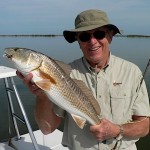
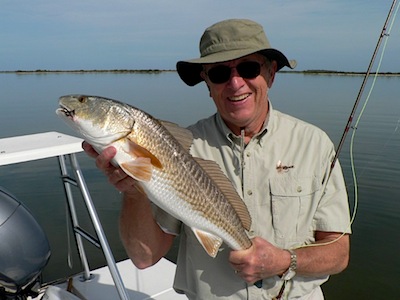
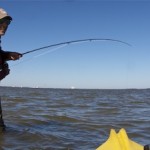
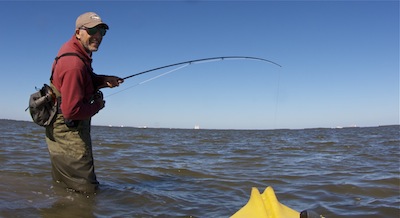
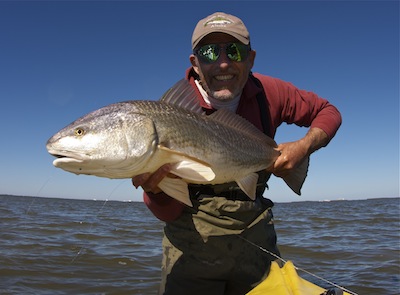
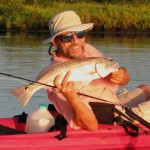
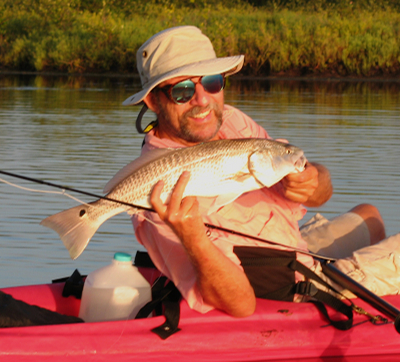
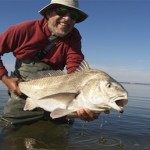
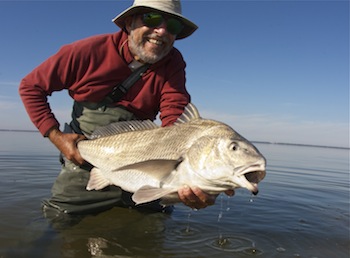
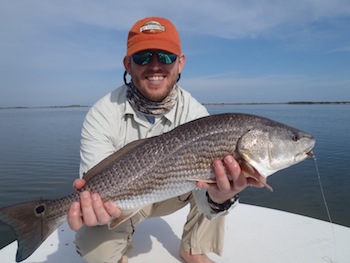
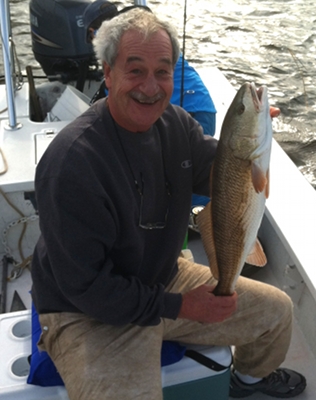
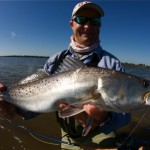
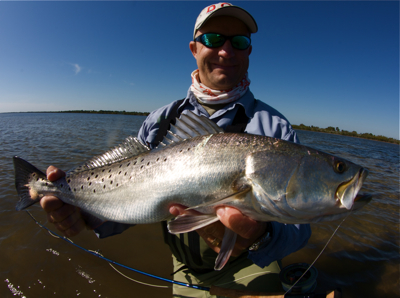
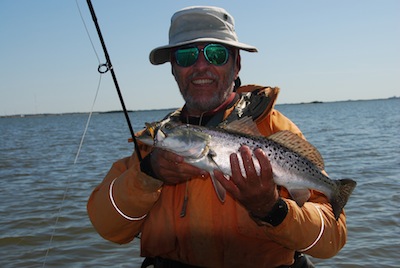
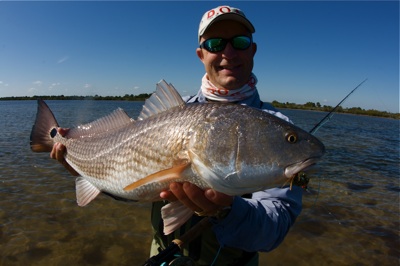
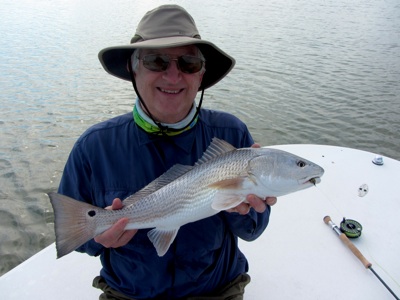
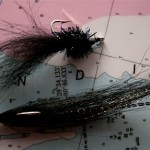
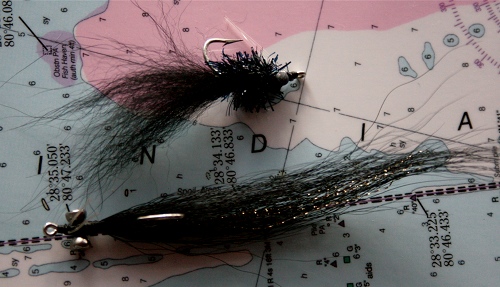
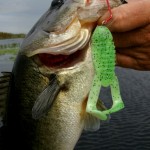
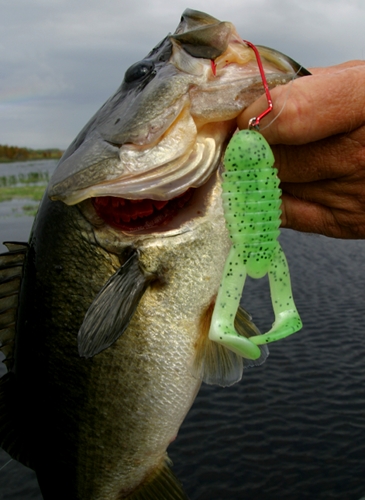
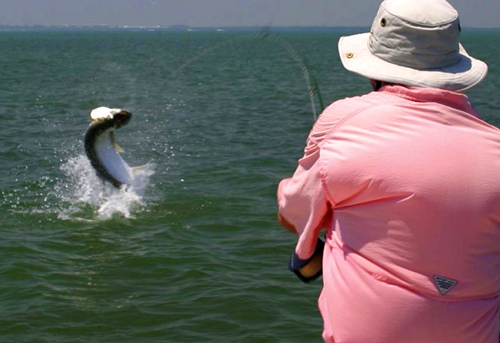
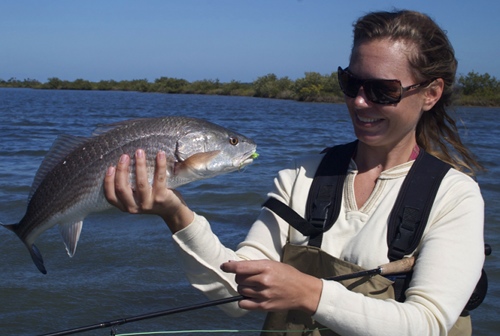
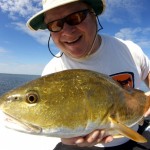
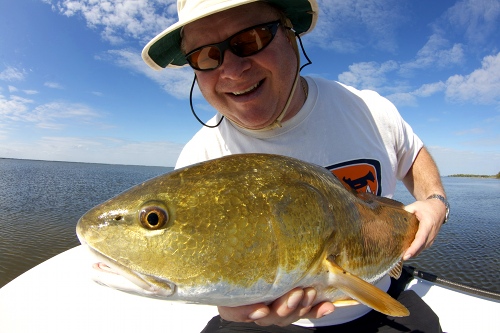
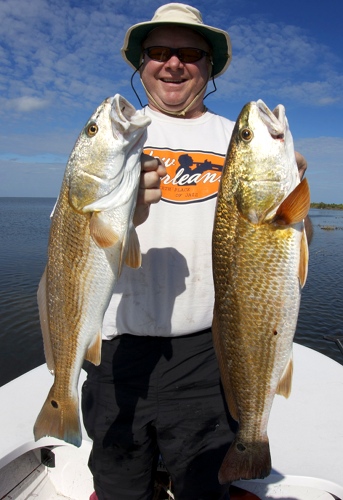
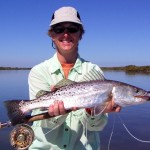
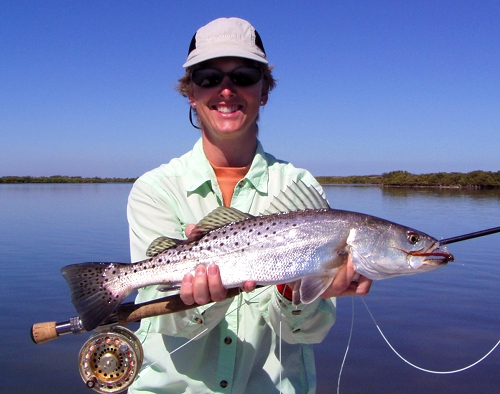
Recent Comments